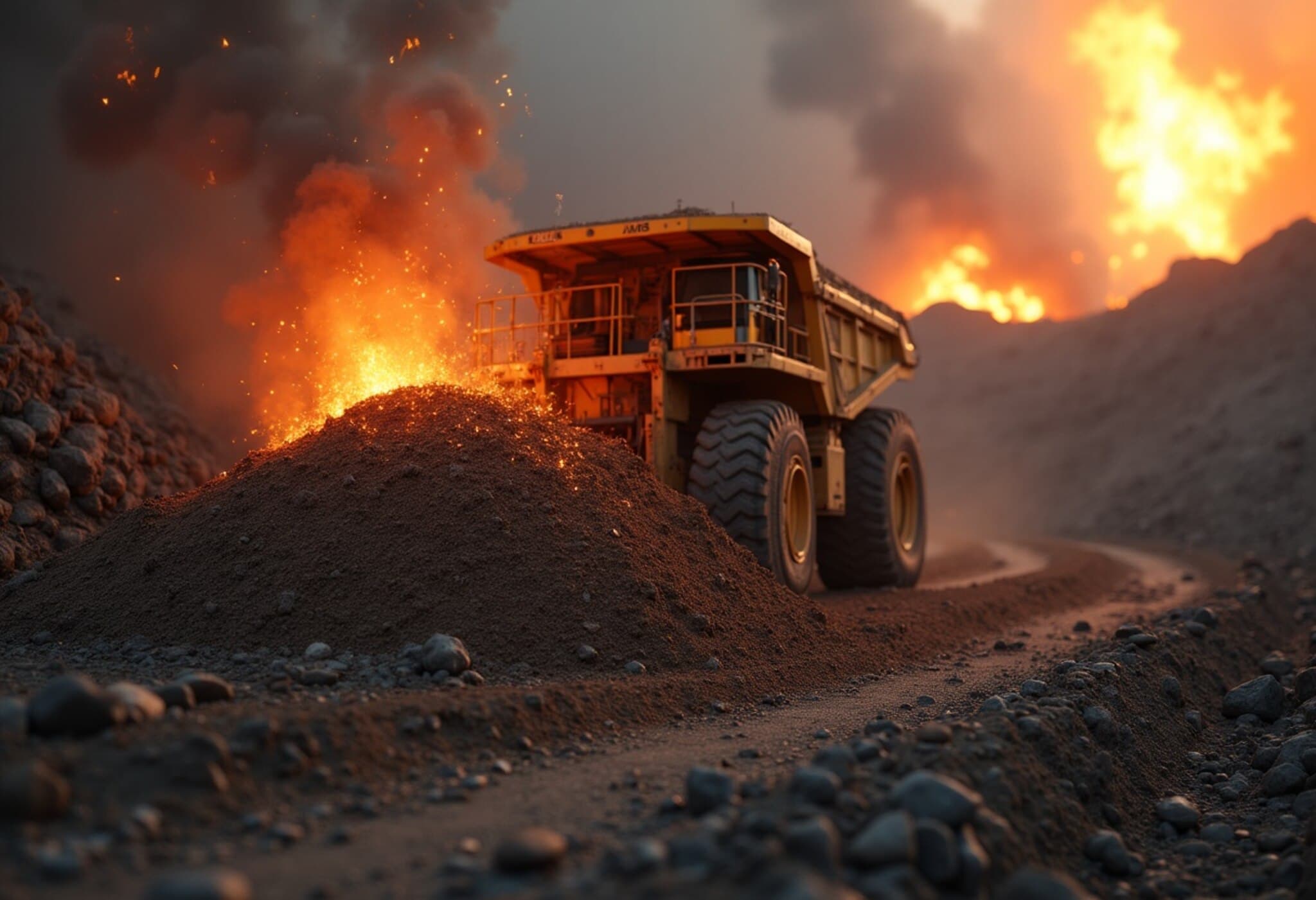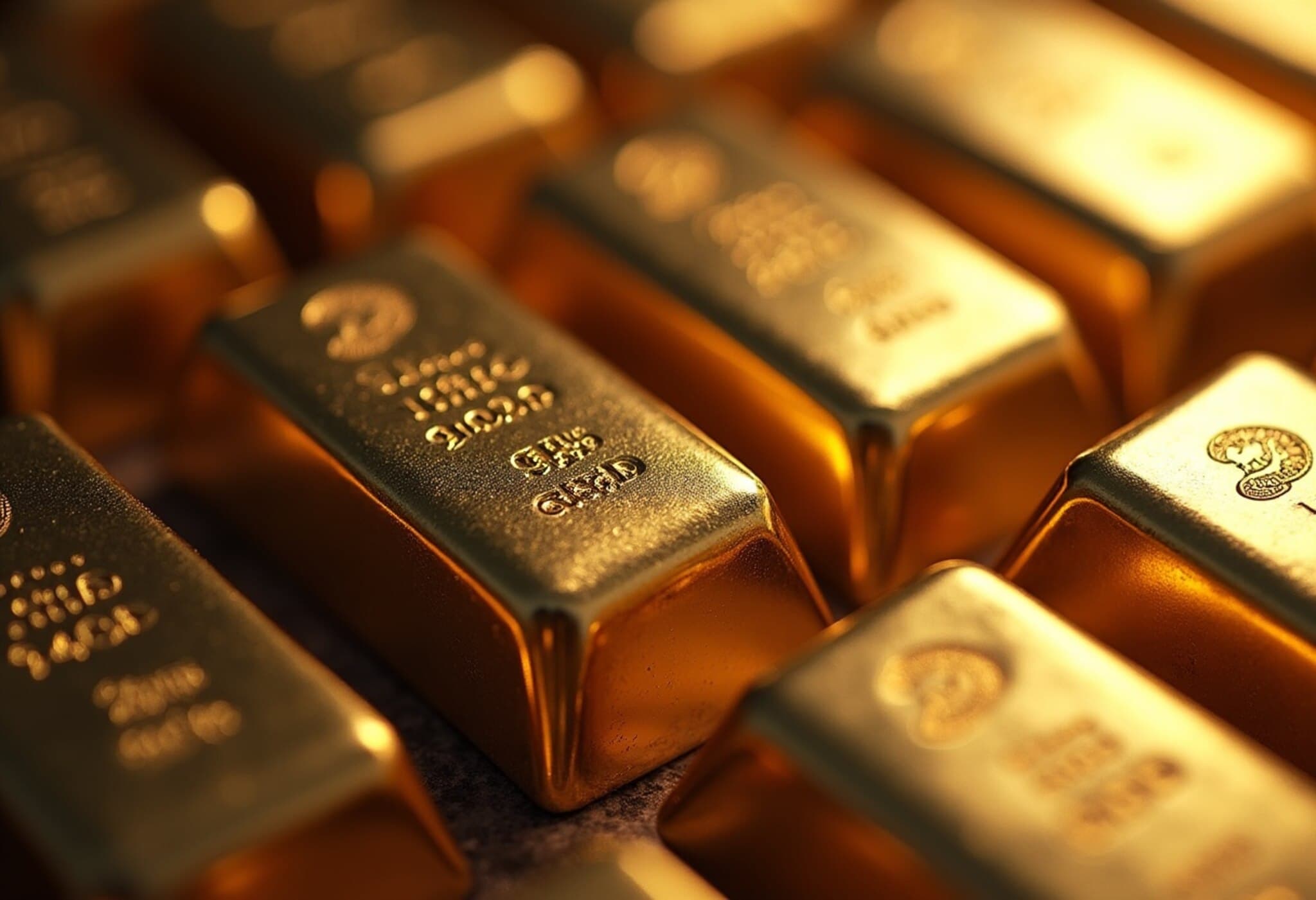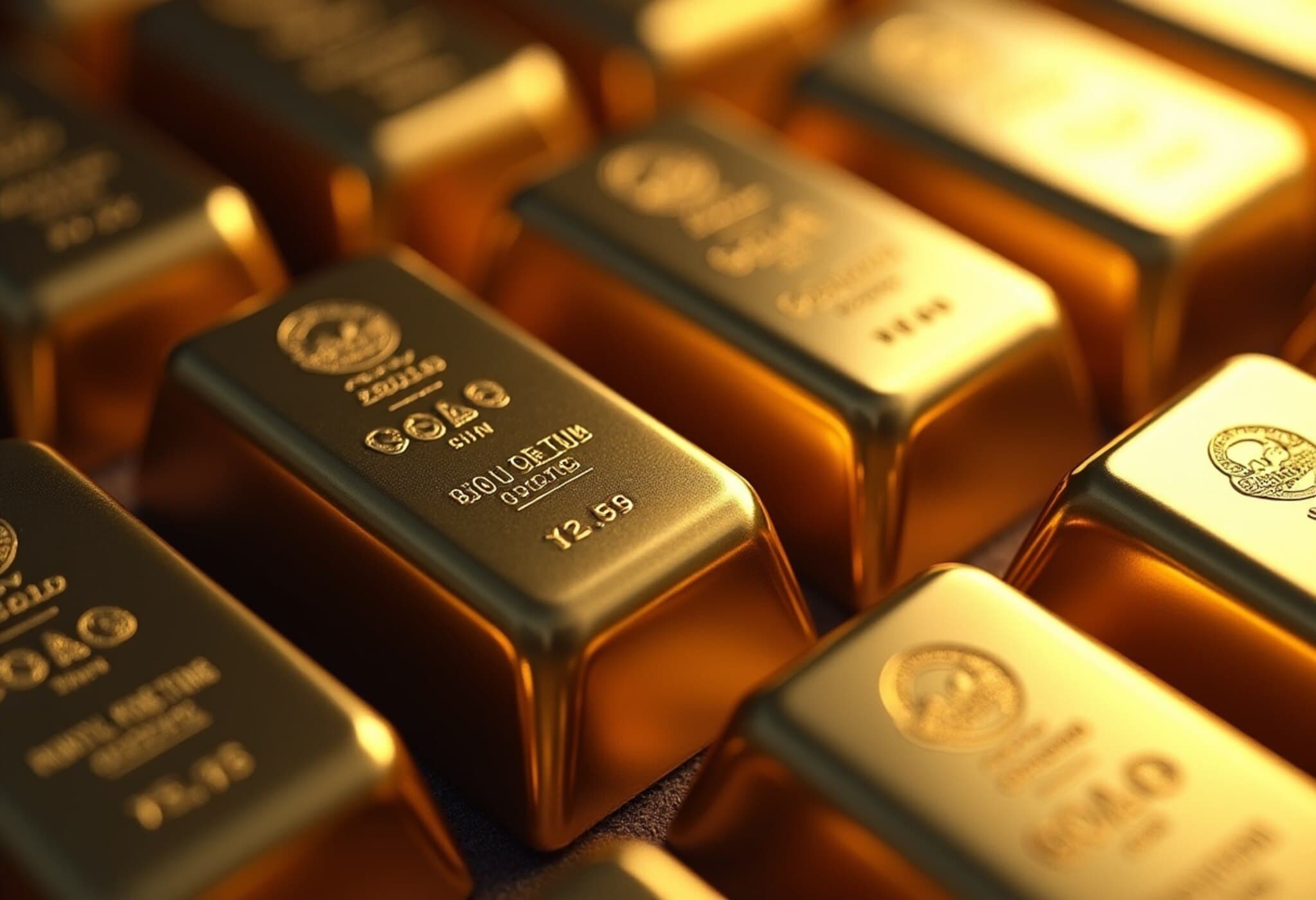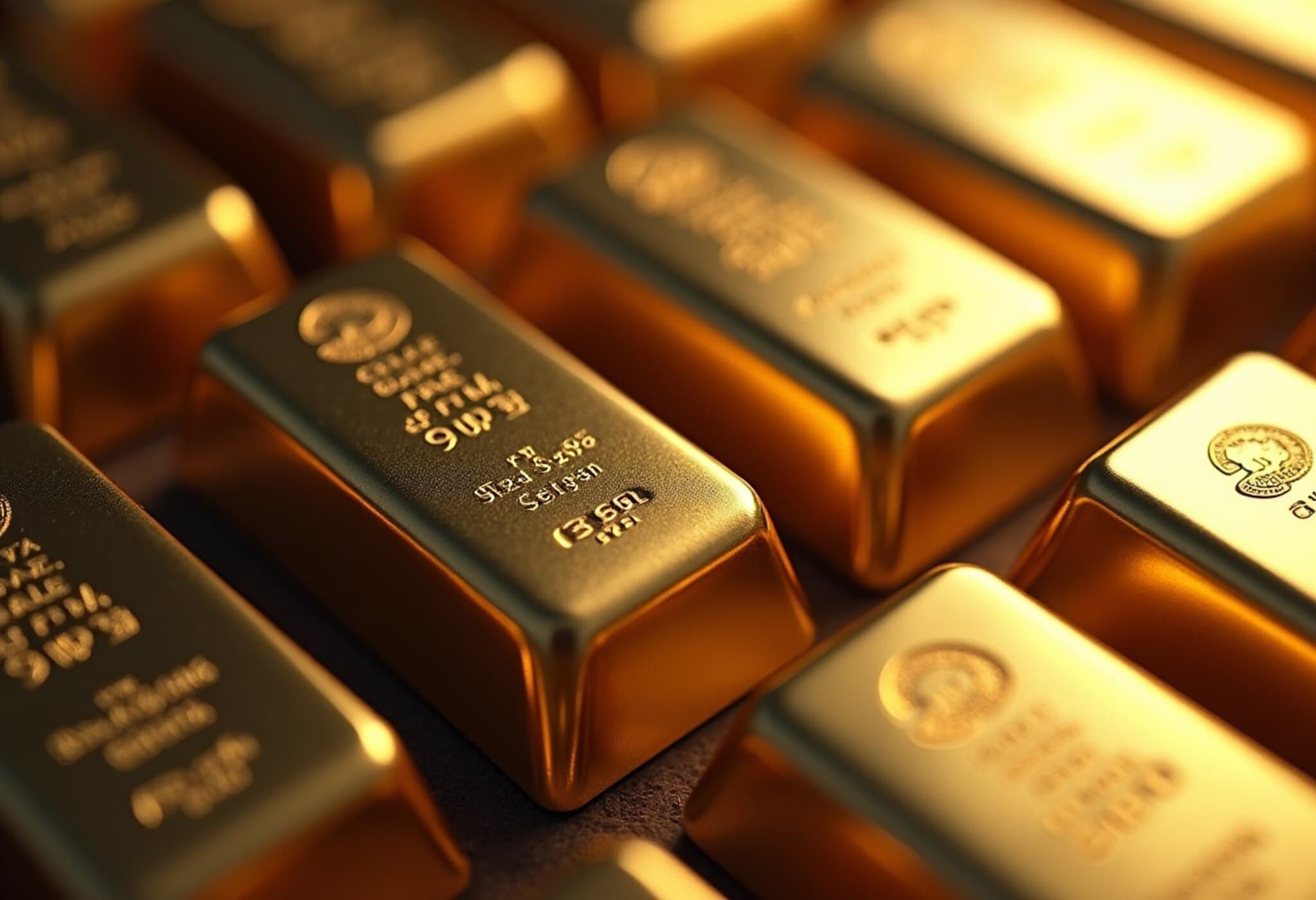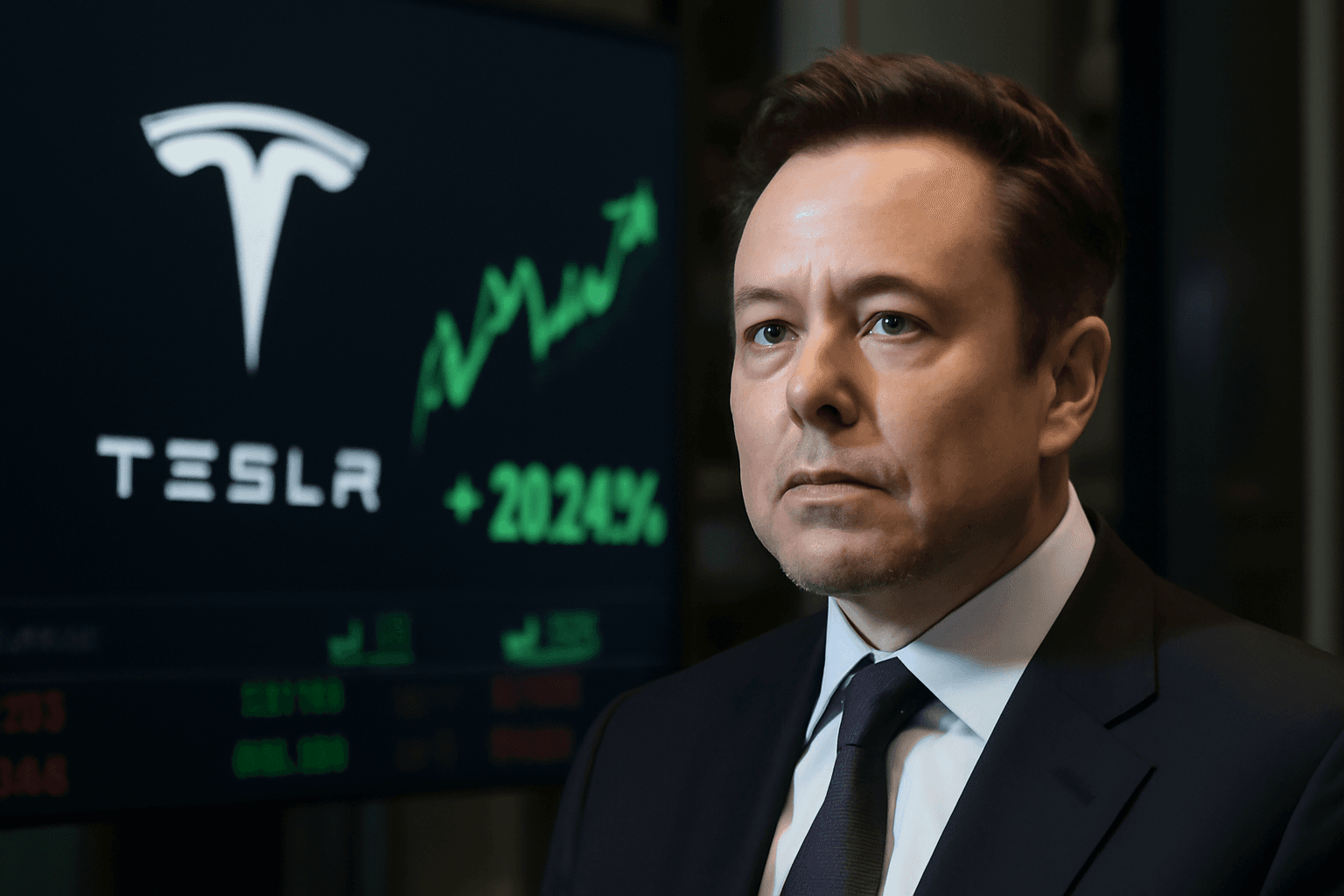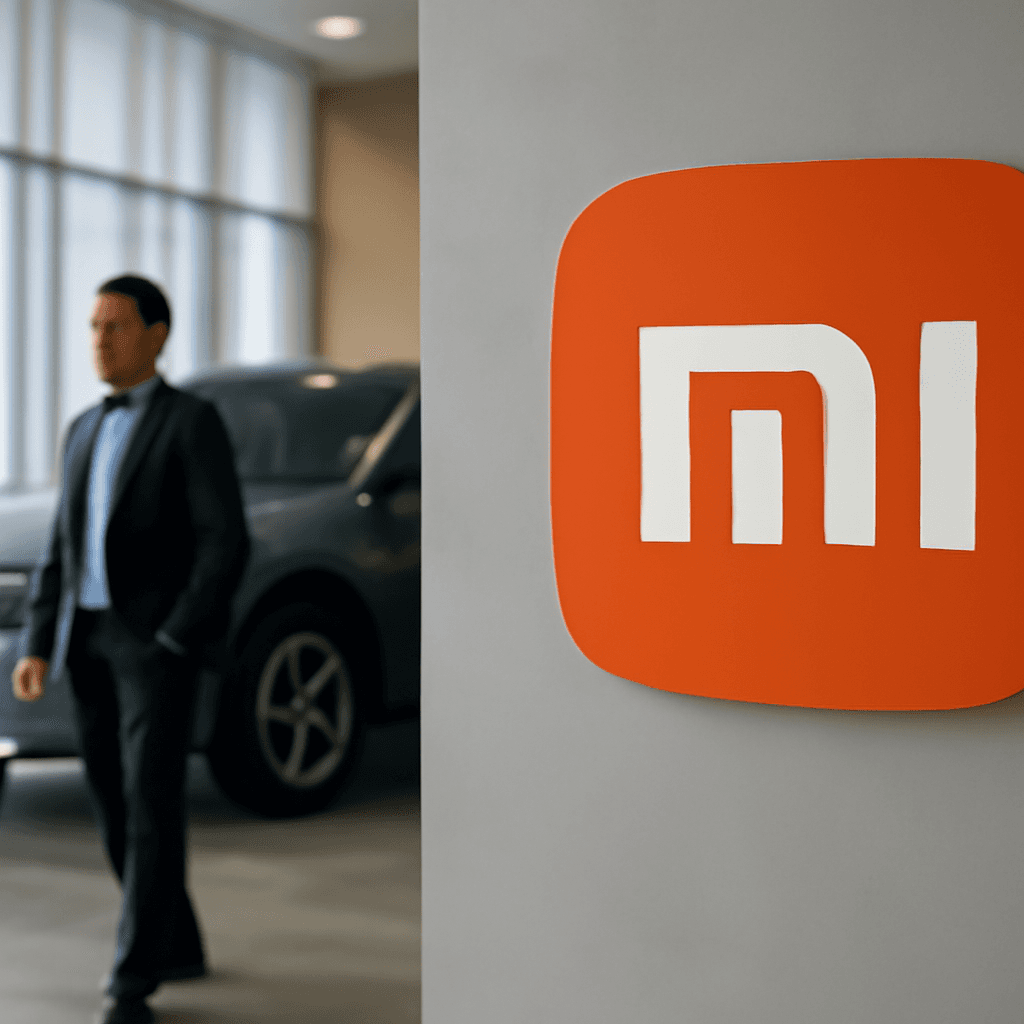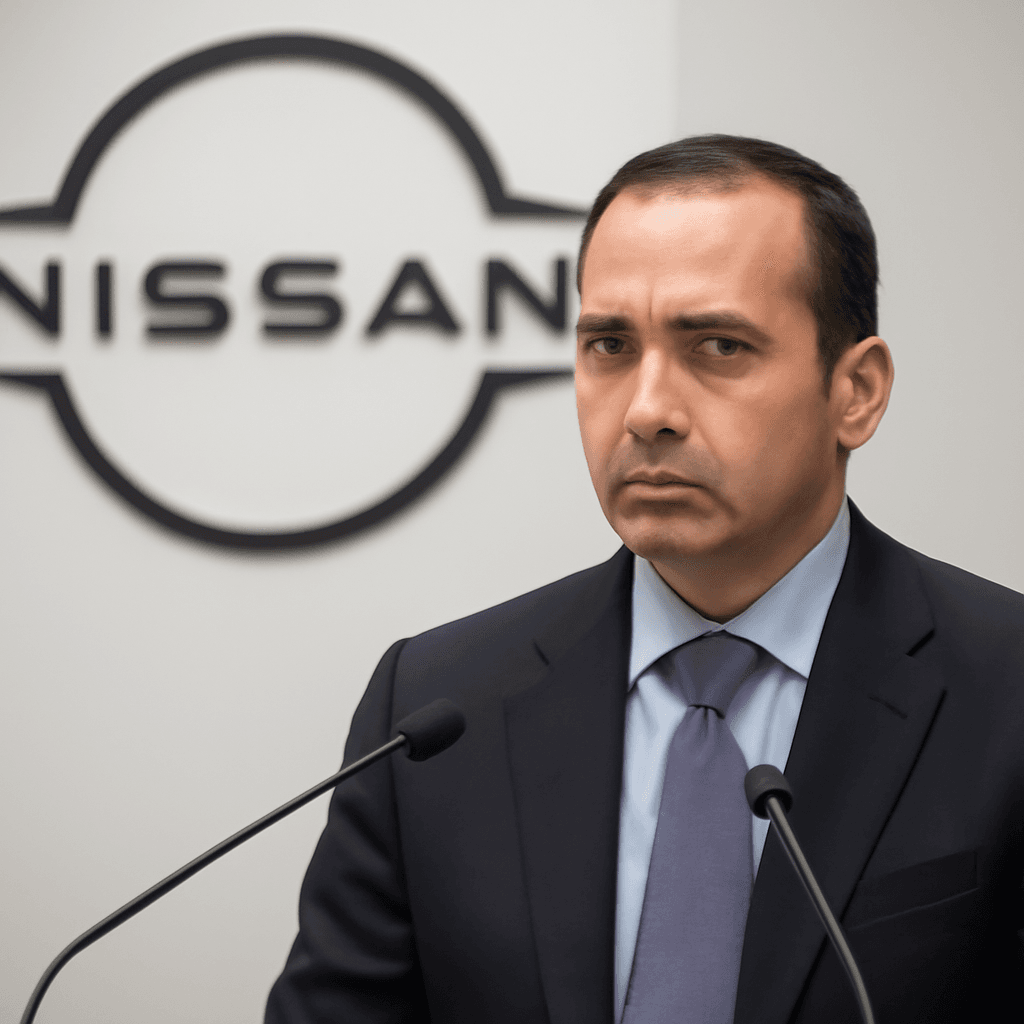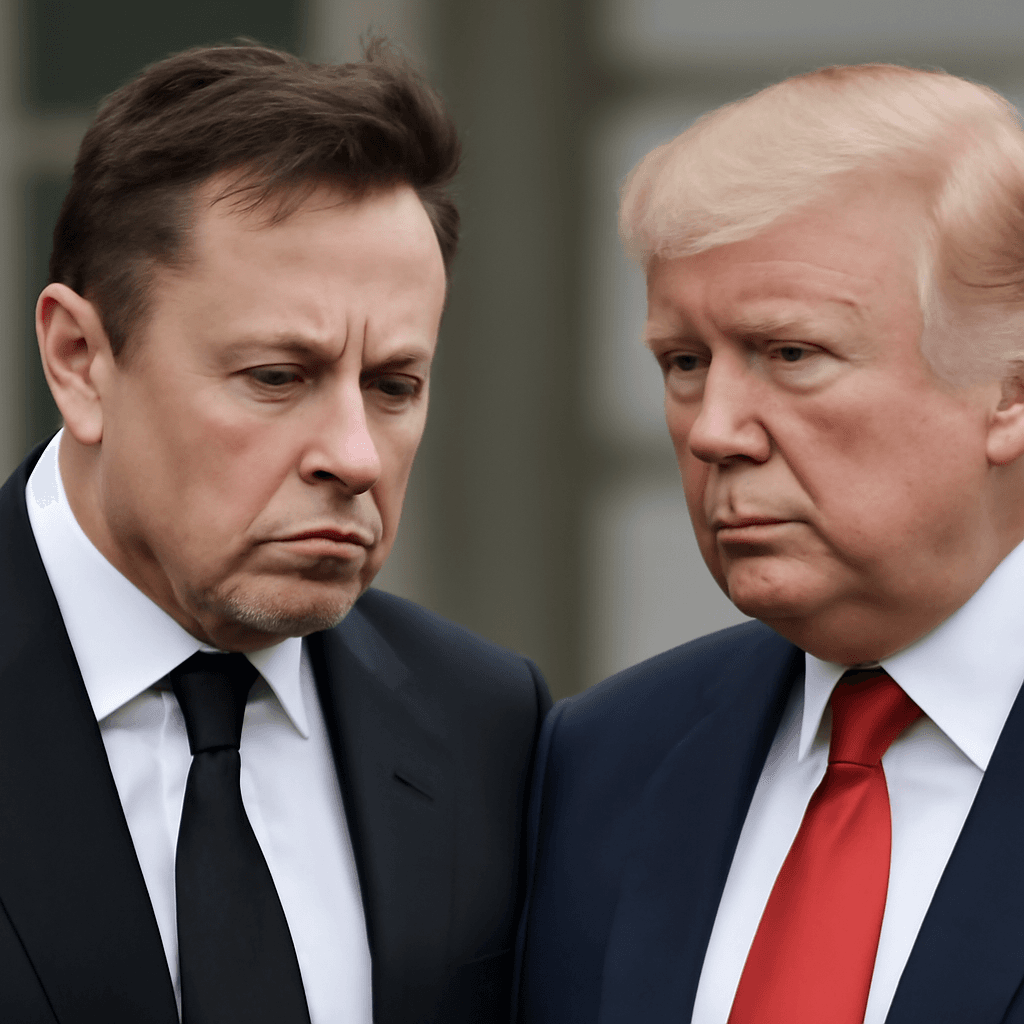China’s Strategic Crackdown on EV Industry Boosts Lithium Prices
On August 11, 2025, global lithium markets witnessed a sharp rally triggered by a significant operational pause by Contemporary Amperex Technology Co. Ltd. (CATL) at its key lithium mine in China’s Jiangxi province. This mine alone contributes roughly 6% of the world’s lithium production, a crucial component for electric vehicle (EV) batteries. The announcement sent shockwaves through the lithium market, lifting prices and shares of leading producers across Asia and Australia.
The Catalyst: CATL's Mine Suspension
Chinese battery giant CATL confirmed the suspension of mining operations at the Yichun site, often dubbed China’s “lithium capital.” The closure followed the expiration of the company’s mining license on August 9, with renewal negotiations expected to take at least three months. While CATL assured the market that this stoppage would minimally affect battery output, traders and analysts immediately began recalibrating global supply concerns.
Market Response and Ripple Effects
- Tianqi Lithium Corp. shares surged up to 19% in Hong Kong trading.
- Ganfeng Lithium Group Co. soared by 21%.
- Australian lithium producers such as PLS Ltd. (formerly Pilbara Minerals) and Liontown Resources enjoyed gains of 19% and 25%, respectively.
- On China’s Guangzhou Futures Exchange, lithium carbonate for November delivery jumped 8% to 81,000 yuan (£8,600) per tonne.
Behind the Scenes: Beijing’s Policy Push Against Overcapacity
CATL’s mine suspension fits into Beijing’s broader “anti-involution” campaign, targeting rampant industry overcapacity and inefficiencies. The campaign emphasizes regulatory compliance and strategic resource management as China seeks to regain control over the lithium supply chain, a sector critical for meeting its ambitious EV and green energy targets.
Experts, including analysts from Citi, suggest that by selectively restricting lithium mining output, China may aim to strategically reprice lithium and reinforce environmental and regulatory standards. This is an integral part of China’s effort to consolidate its dominance in the EV battery market and ensure sustainable economic development in resource-heavy regions.
Potential Global Supply Chain Implications
The Yichun mining halt sparks crucial questions for global supply chains, especially as demand for lithium continues to climb worldwide amid accelerated EV adoption. While CATL downplays short-term battery production risks, expanded government crackdowns to other miners—especially following local audits revealing non-compliance—could tighten supply dramatically.
Indeed, local authorities in Yichun have required eight lithium mining companies to submit comprehensive reserves reports by the end of September. Should these audits lead to further restrictions, lithium prices might face a further upward trajectory, adding pressure on manufacturers globally and potentially reshaping raw material sourcing strategies.
Australian Lithium Producers Ride the Wave
The ripple effect reached Australia’s mining sector, where producers saw significant investor optimism. Key companies such as PLS Ltd., Liontown Resources, and Mineral Resources posted remarkable gains, reflecting market anticipation of reduced Chinese output compensating demand elsewhere.
This dynamic serves as a reminder of the interconnectedness of global lithium markets and how policy shifts in a dominant supplier like China can reverberate across continents, influencing investment flows and strategic planning in resource-rich nations.
Expert Commentary: Navigating an Evolving Lithium Landscape
From a policy analyst’s perspective, this episode underscores the delicate balance China seeks to maintain between controlling industrial excess and fostering innovation in the EV space. The crackdown, while disruptive in the short term, may align with longer-term goals of environmental stewardship and market stability.
For US and European manufacturers focused on securing resilient supply chains, this development highlights the importance of diversifying lithium sources and investing in recycling technologies to mitigate geopolitical and regulatory risks embedded in Chinese dominance.
Looking Ahead: What to Watch
- License renewals and regulatory compliance audits in Yichun will be critical indicators of future lithium supply tightness.
- China’s broader industrial policies, including whether additional restrictions will extend beyond lithium mining.
- Price volatility and investment trends in Australian and other global lithium producers.
- The pace of technological innovations in battery manufacturing and raw material substitution.
Editor’s Note
The recent developments in China’s lithium mining sector serve as an eye-opener to the evolving global energy transition landscape. While the headline is about price spikes and mine shutdowns, the underlying story is about how resource security, environmental policy, and international market dynamics intertwine in complex ways. Readers should watch closely how these shifts influence EV manufacturing costs worldwide and shape government policies aimed at sustainable industrial growth.
Is this a strategic maneuver by China to wield more control over lithium pricing, or simply a necessary regulatory reset to clean up the sector? Only time will tell, but the ripple effects are already reshaping the global lithium market.


